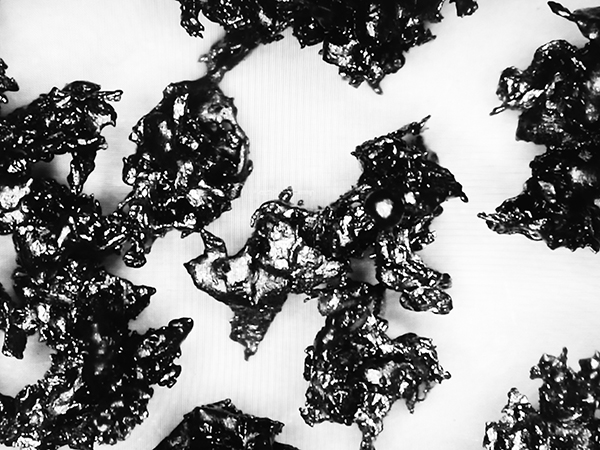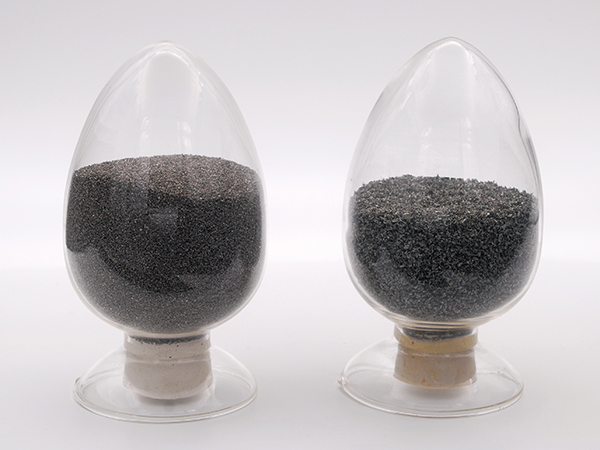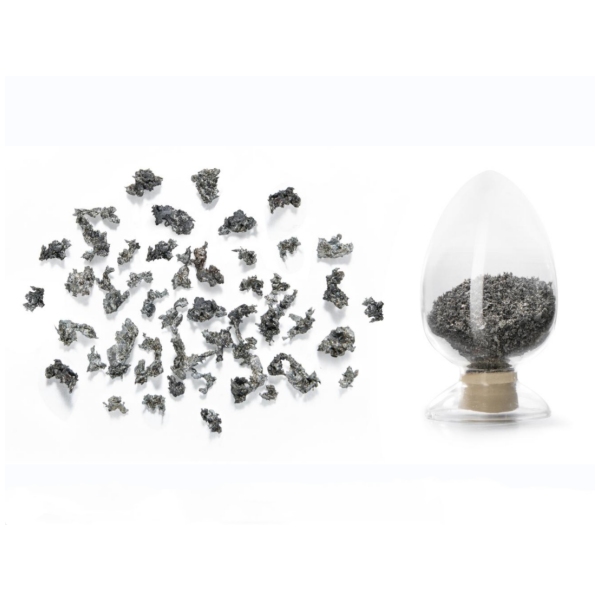Metal Powder for Polymer Filtration
The History Of Development Of Metal Powder For Polymer Filtration Media
The molten PET PA PP high polymer needs to be filtered before the chemical fiber spinning to remove the impurity and gel particles entrained in the melt to prevent the plugging of the spinneret hole, improve the quality of PET PA filament fiber, such as POY FDY yarns; when the melt polymer flows through the spin pack screen layer, resistance is generated, so that the melt friction generates heat, the temperature rises, and the rheological properties of the melt are improved. At the same time, the melt is fully mixed to prevent viscosity differences between the melts; the melt is evenly distributed to each small hole of the spinneret; with the increase of the use time of the spin pack filter, the impurities in the mesh pack filter layer will increase, and the pressure of the assembly will gradually increase. The pressure increase speed is fast, and the service life of the assembly is short. When the assembly rises to a certain pressure, it is necessary to replace the assembly in time, otherwise, the metering pump is crushed, or the spinneret is deformed, or leakage occurs.
The selection of suitable filter components is very critical for synthetic fiber spinning, and ideal particle filter media is particularly important. In the process of spinning development, it is also the process of finding an ideal shear filter medium. Many known filter materials include sea sand, metal shavings, glass beads, sintered porous metal plates, and irregularly shaped metal particles.
In addition to being inexpensive, the ideal filtering medium must have and must maintain high porosity at the pressures encountered during melt polymer filtration. In order to maintain high porosity, a bed of the particles of most hot polymers is a tendency to form gel which accumulates in and reduces the filtration efficiency of filter media. Thus, the particulate metal filtering material must not catalyze or otherwise contribute to gel formation.
It is more available to get sea sand, but it is extremely brittle with the result that the development of fine particles tends to obstruct the capillaries in the spinnerets. Additionally, the specific surface area of sea sand is substantially less and less percentage of porosity for any given pack filter volume, therefore the pack pressure shall increase sharply. Stainless metal powder which is prepared under specific conditions exhibits an extremely irregular surface which accordingly low apparent density, tends to enhance its filtration efficiency; under operation pressures, it exhibits both the apparent density and enhance resistance to compressibility for optimum filtration efficiency with little or no particle deformation and collapse.


FUTAI Stainless Metal Powder Selection
FUTAI propose the F-01 serial stainless metal sand for polyester POY FDY filament spinning as an economic filtration media; In order to improve yarn quality, FUTAI recommends the S-03, a high mechanical strength and less oxidization sensitive steel powder; For the application of high initial pressure, S-04 is desirable choice for its enhanced resistance to compressibility, substantially inert to polymer melts, especially for the application of PA filament spinning.
Type Of Stainless Steel Powder
| Type | Fe(%) | Ni(%) | Cr(%) | Mn(%) | Si(%) | Mo(%) | C(%) | Applications |
| F-01 | Bal. | Max.0.6 | 16-18 | Max.1.0 | 1.0-4.0 |
- |
Max.0.12 | Economic metal powder |
| S-03 | Bal. | 6-12 | 16-22 | Max.1.0 | 0.6-3.5 | Max. 3.0 | Max. 0.12 | Standard media |
| S-04 | Bal. | Max. 0.6 | 33-37 | Max.1.0 | 2-4 |
- |
Max. 0.12 | High-end media |
Advantages
1. High mechanical strength.
2. Superior compaction resistance.
3. Superior irregularity.
4. High porosity.
5. Substantially inert to polymer melts.
6. Longer lifetime of spin pack.
7. Better yarn quality.
Available Mesh Sizes And Its Physical Properties
When processing filament spinning, such as POY and FDY yarn, the most importance is to combine a few different powder sizes to get the optimal filtration effect. FUTAI can provide all the clients the best selection of mesh sizes based on our know-how in the stainless metal powder and rich experiences on production of synthetic fiber spinning, in order that the clients can make full use of the advantages of metal sand, extend the lifetime of spin pack and achieve the good quality of filament yarns.
Hereafter is the list of sizes available according to ISO 4497 INTERNATION STANDARD FOR Metallic powders. Any other sizes can be produced upon request.
| Size micron | Size mesh | Apparent density g/cm3 | Tap density g/cm3 | Porosity % |
| 850/2000 | 10/20 | 1.45 | 1.95 | 75 |
| 500/850 | 20/30 | 1.55 | 2.10 | 73 |
| 350/500 | 30/40 | 1.60 | 2.10 | 71 |
| 250/350 | 40/60 | 1.65 | 2.60 | 67 |
| 180/250 | 60/80 | 1.80 | 2.70 | 65 |
| 150/180 | 80/100 | 2.00 | 2.90 | 62 |
| 125/150 | 100/120 | 2.22 | 3.10 | 58 |
| 90/125 | 120/170 | 2.50 | 3.20 | 56 |







